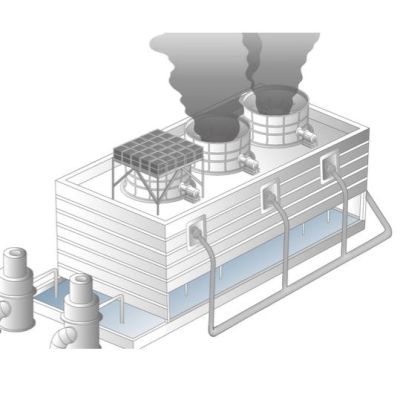Normal people binge-scroll social media. Hackaday writers tend to pore through online tech news and shopping sites incessantly. The problem with the shopping sites is that you wind up buying things, and then you have even more projects you don’t have time to do. That’s how I found the MAKE-roscope, an accessory aimed at kids that turns a cell phone into a microscope. While it was clearly trying to appeal to kids, I’ve had some kids’ microscopes that were actually useful, and for $20, I decided to see what it was about. If nothing else, the name made it appealing.
My goal was to see if it would be worth having for the kinds of things we do. Turns out, I should have read more closely. It isn’t really going to help you with your next PCB or to read that tiny print on an SMD part. But it is interesting, and — depending on your interests — you might enjoy having one. The material claims the scope can magnify from 125x to 400x.
What Is It?
The whole thing is in an unassuming Altoids-like tin. Inside the box are mostly accessories you may or may not need, like a lens cloth, a keychain, plastic pipettes, and the like. There are only three really interesting things: A strip of silicone with a glass ball in it, and a slide container with five glass slides, three of which have something already on them. There’s also a spare glass ball (the lens).
What I didn’t find in my box were cover slips, any way to prepare specimens, and — perhaps most importantly — clear instructions. There are some tiny instructions on the back of the tin and on the lens cloth paper. There is also a QR code, but to really get going, I had to watch a video (embedded below).
Continue reading “The Make-roscope” →




















